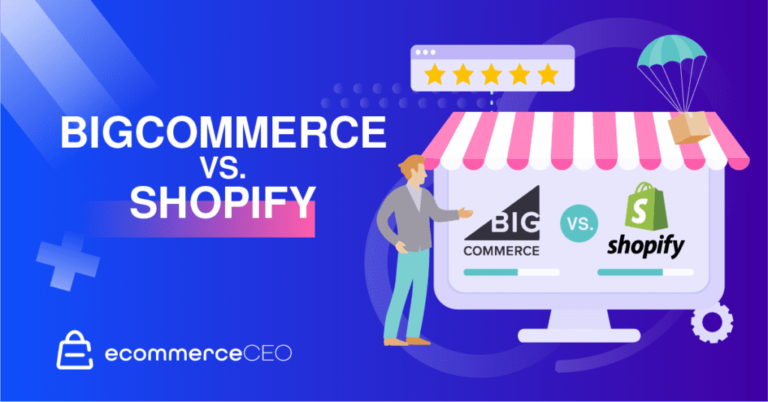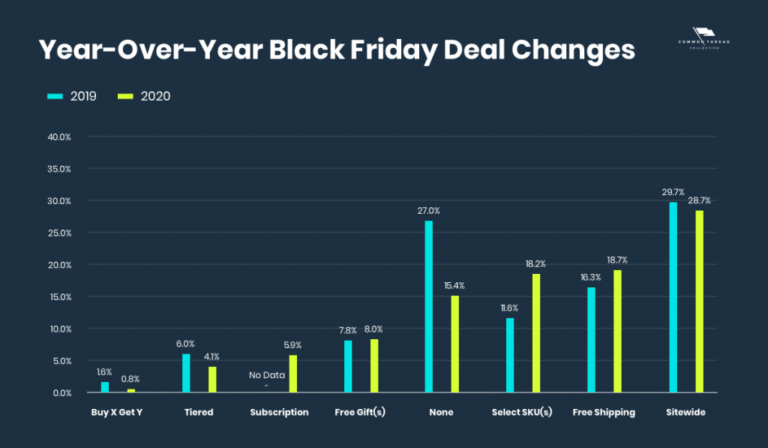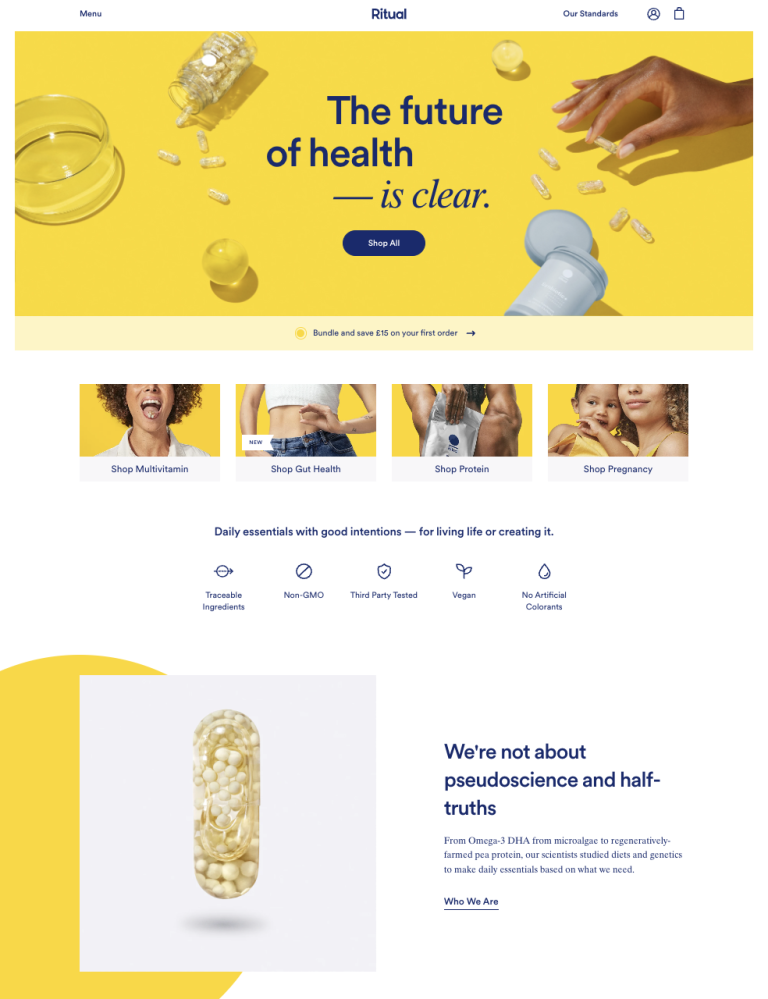
This is the second installment in our new, weekly blog series on multichannel commerce. Missed the first blog? Check it out here: How to Connect to the Right Channels.
It’s getting pretty crowded in the e-commerce space — and brands can feel it. Even with more marketplaces to sell on than ever (from Amazon to Walmart to Zalando), standing out above the crowd has become increasingly difficult.
But winning doesn’t mean shouting the loudest. It means using each channel’s provided advertising platforms to target the right sellers at the right times. It means segmenting your campaigns and continually optimizing for the greatest ROI.
Marketers, Get Marketing
Amazon is now home to more than 10 million active worldwide sellers. Do your listings even stand a chance? Absolutely. When you use your brand to serve niche audiences and meet consumers with products that meet their specific needs, you carve out a sizable piece of the pie. The trick is getting their attention.
Retail media is advertising within retail sites and online marketplaces to boost product visibility and revenue. It works because:
- It lives right within the shopping experience, driving easier/faster conversions.
- It allows you to target shoppers based on intent.
- It natively tracks your campaign performance within the same platform.
Yet, most retail media is pay-to-play. As more retailers catch on and take up digital shelf space, it leaves less room for organic product discovery and lowers your chance for your profitability. As usual, start with a solid strategy.
Retail Media Best Practices
Every marketplace’s advertising platform is different. Amazon offers four highly developed ad formats, while eBay offers only two. Others help you target specific levels of the funnel. Regardless of which platforms you choose to advertise on, having a strategy to maximize each channel’s potential is imperative. Specifically:
- Identify your main goals. Account for direct KPIs, but don’t forget the impact of advertising on overall business profitability (i.e. your margins).
- Create a granular and efficient structure. Boost visibility with segmentation and specific targets at various levels of the funnel.
- Focus your efforts on data analysis and account optimization. Continue what works and eliminate what doesn’t to maximize budget and fuel long-term success.
Lastly, make it easy for consumers to find you and complete their purchase, no matter what channel you advertise on.
Social Commerce
Social commerce platforms like Facebook Marketplace and Instagram Checkout offer lower ad costs while giving you access to specific segments who have shown interest in products like yours. But social media ads typically generate lower conversion rates for two reasons — long journey lengths and slow checkout processes, leading to abandonment. Consider a “less is more” approach to shorten the buyer’s journey, and look for channels that offer buy buttons for more direct sales.
Shopping Links
If your ads send traffic to pages where shoppers can’t buy (e.g. showcase website or out-of-stock page), you’re missing out on sales. The path to purchase becomes more complicated and people get distracted or give up. Even high funnel ad campaigns should point to pages where consumers can actually buy.
Product Feeds
Product feeds (or shopping feeds) are CSV, TXT OR XML files that contain all the product information a marketing channel needs to display your product listings. The better the data that goes in, the better the ads that come out. By displaying the right information, you can shorten the shopper’s journey and even lead them to make decisions on the spot. Product feeds include attributes like description, price, category, color, etc. that enable the campaigns to work. However, destination requirements change frequently, meaning feeds need ongoing optimization. For long-term success, we recommend you:
- Continually iterate on product titles.
- Approach each channel individually.
- Showcase discounts and promos.
- Don’t operate feeds and advertising in silos.
The fight for visibility in an increasingly crowded landscape doesn’t have to be daunting. ChannelAdvisor helps you streamline the consumer path to purchase by making your digital campaigns shoppable across retail media sites from Google to YouTube to Walmart and beyond.
Want to learn more about how we help brands market across channels? Contact us today to request to talk with one of our e-commerce experts.
Return next week, or subscribe, to see the next blog in our multichannel commerce framework series. Learn how to connect to the proper channels or look for new insights in the coming weeks on how to better sell, fulfill and optimize. And stay tuned for the launch of our new report launching in April to see the full Multichannel Commerce Framework.






